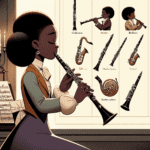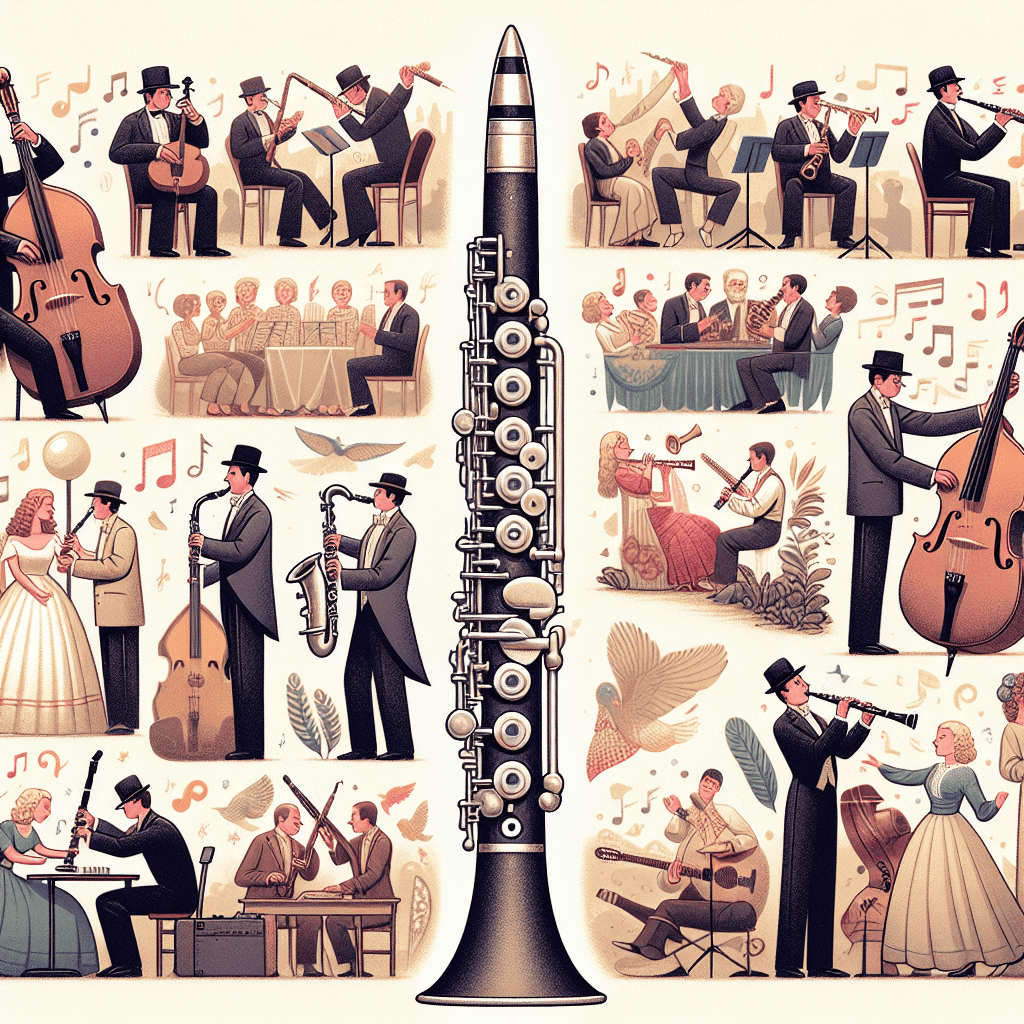The clarinet boasts a colorful and dynamic past in orchestral music, especially as a key player in concertos. Over the years, this woodwind instrument has grown in significance and technical prowess, becoming a top choice for both composers and musicians. In this post, we'll uncover fascinating tidbits about the clarinet in concertos, its impact on orchestral sound, and the influence of renowned makers such as Martin Freres.
The Origins of Clarinet Concertos
The clarinet concerto emerged as a distinct genre in the 18th century, coinciding with the instrument's rising popularity. Early concertos were often composed for the chalumeau, which eventually evolved into the clarinet we know today. Wolfgang Amadeus Mozart wrote one of the first widely recognized clarinet concertos in 1791. His Clarinet Concerto in A major, K. 622 is considered a cornerstone of the clarinet repertoire, highlighting the instrument's range and expressive potential.
Prominent Composers of Clarinet Concertos
Besides Mozart, numerous classical composers have made significant contributions to the clarinet concerto repertoire. Here are some notable examples:
- Antonín Dvo?ák: His Concerto for Clarinet in A minor has become a concert favorite, skillfully blending folk influences with classical structures.
- Jean Françaix: This French composer, known for incorporating jazz and popular music elements, created a Clarinet Concerto that remains beloved for its lively rhythms and playful nature.
- Bernard Hermann: Primarily known for his film scores, Hermann's Concerto for Clarinet stands out for its theatrical flair and has secured a lasting place in concert halls.
| Composer | Notable Clarinet Concerto | Year Composed |
|---|---|---|
| Wolfgang Amadeus Mozart | Clarinet Concerto in A major, K. 622 | 1791 |
| Carl Maria von Weber | Clarinet Concerto No. 1 in F minor | 1811 |
| Aaron Copland | Clarinet Concerto | 1948 |
Evolution of the Clarinet's Role in Concertos
The clarinet's role in concertos has expanded significantly over time. It now frequently engages in intricate exchanges with the orchestra, fostering a dynamic dialogue between soloist and ensemble. As the instrument's technical capabilities have advanced, composers have been inspired to create more complex and challenging compositions.
This progress can be attributed largely to improvements in instrument design, including those made by manufacturers like Martin Freres, who have fine-tuned the clarinet's mechanics. These advancements have allowed composers to push the boundaries of what's possible in their works.
Notable Clarinetists and Their Interpretations
Several legendary clarinetists have left their mark on concerto interpretations throughout history:
- Benny Goodman: A key figure in both jazz and classical music, Goodman's performances have introduced the clarinet to diverse audiences and contexts.
- Richard Stoltzman: This Grammy Award-winning musician has made numerous recordings and performances of clarinet concertos, setting new standards for the instrument.
- Sabine Meyer: Known for her emotive performances, Meyer has transformed expectations for clarinet playing in orchestral and chamber settings.
The Unique Sound of the Clarinet in Concertos
The clarinet's distinctive tone allows it to shine in an orchestral setting. Its warm, rounded sound can express both joyful melodies and contemplative passages. This versatility makes it a go-to choice for composers looking to convey a wide range of emotions in their work.
The selection of ligature, mouthpiece, and reed greatly influences the desired sound. Martin Freres has created top-quality accessories that meet the needs of professionals aiming for peak performance.
Current Trends in Clarinet Concertos
Today's clarinetists and composers continue to break new ground, expanding the boundaries of concerto composition. Recent works often explore modern styles, blending elements from various genres. Contemporary composers like Jennifer Higdon and Libby Larsen have written pieces that showcase the ongoing evolution of classical music.
The rise of crossover genres has also opened up exciting new avenues for clarinetists to collaborate beyond traditional orchestral settings, embracing a wide array of styles from jazz to electronic music.
Conclusion
The clarinet has cemented its place as a key instrument in the concerto genre, showcasing its adaptability and expressive range. As we honor the legacy of past composers and performers, the future of clarinet concertos looks bright and full of potential. With top-quality instruments from respected makers like Martin Freres paving the way, the clarinet's musical journey is far from over.







